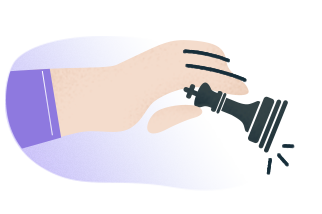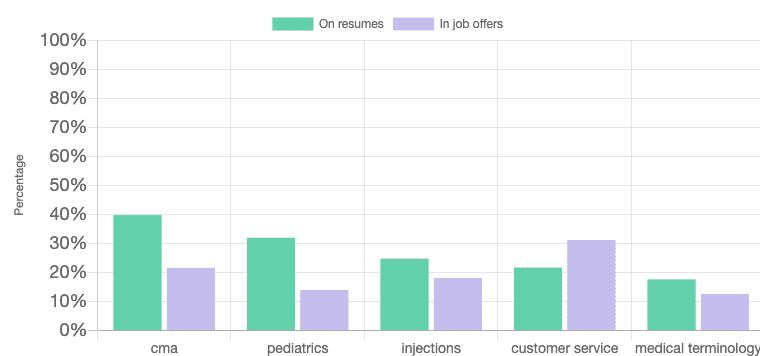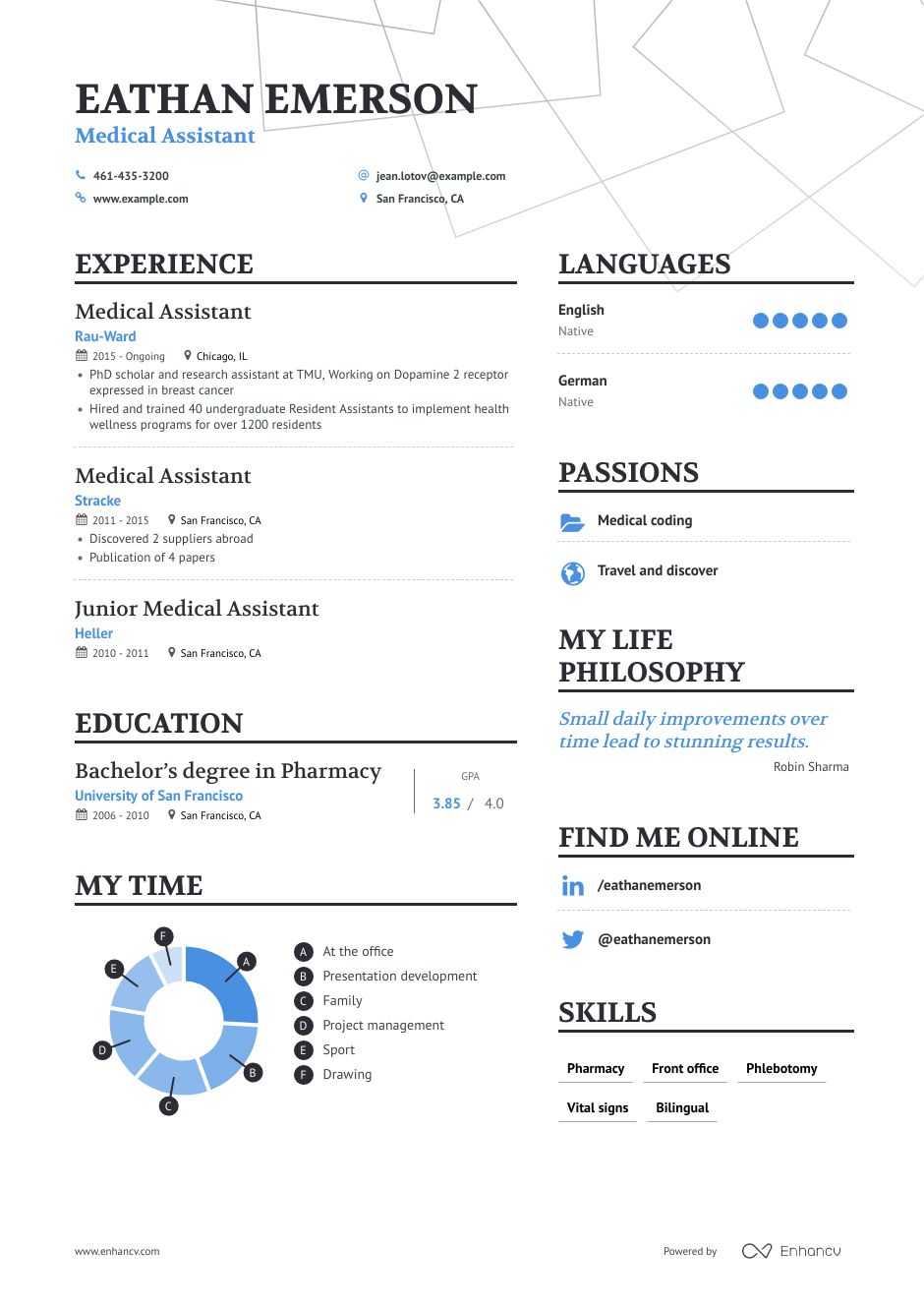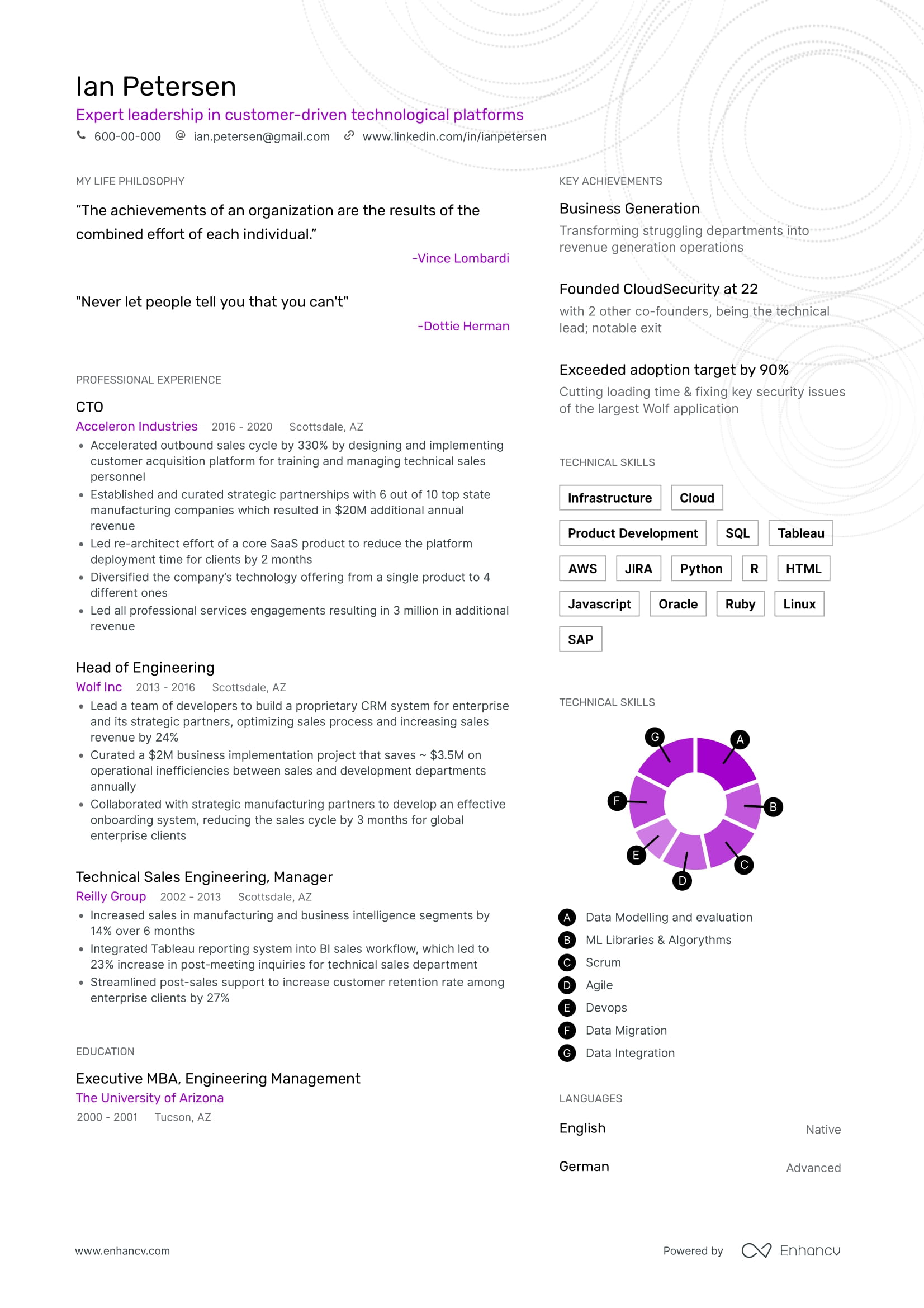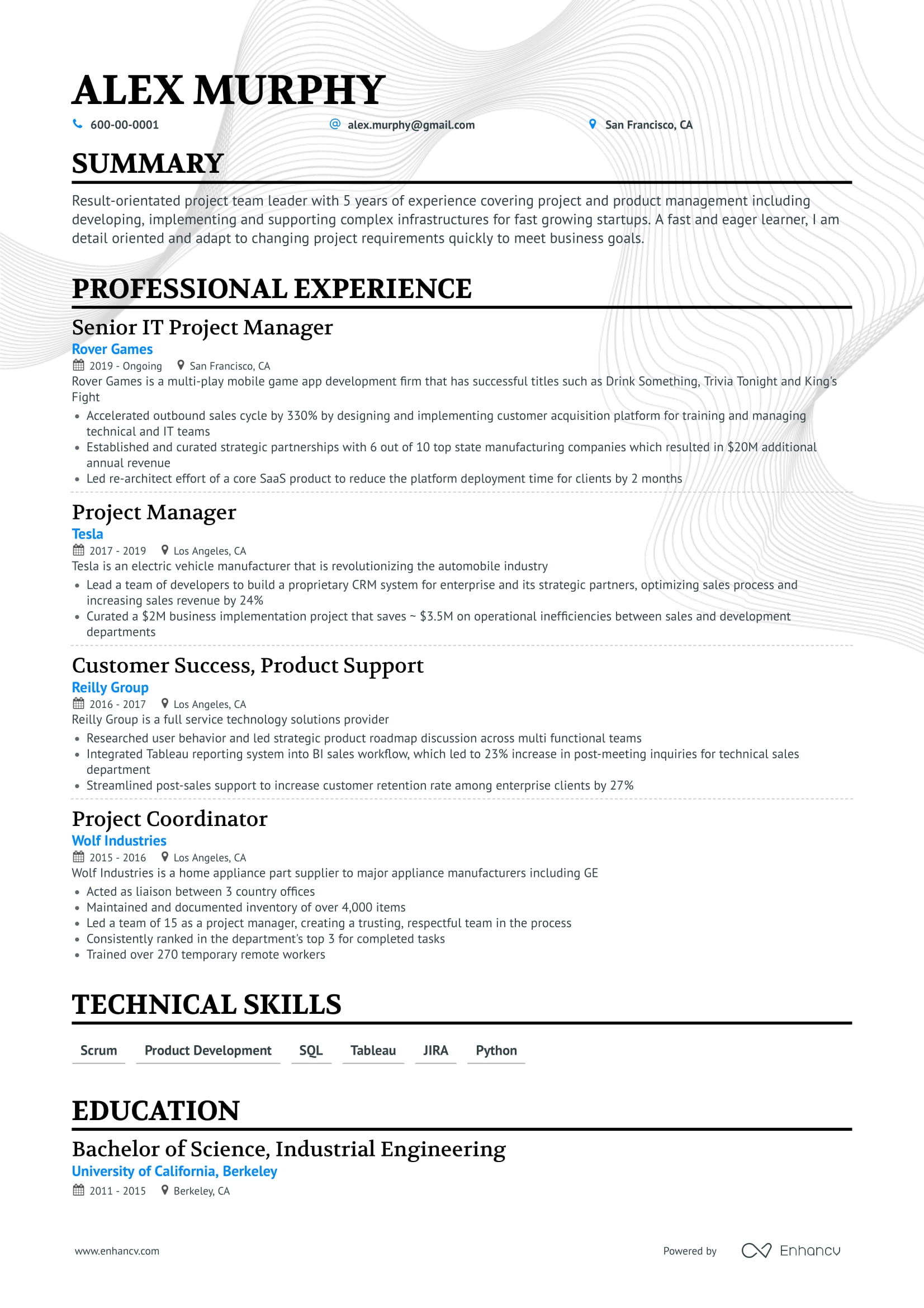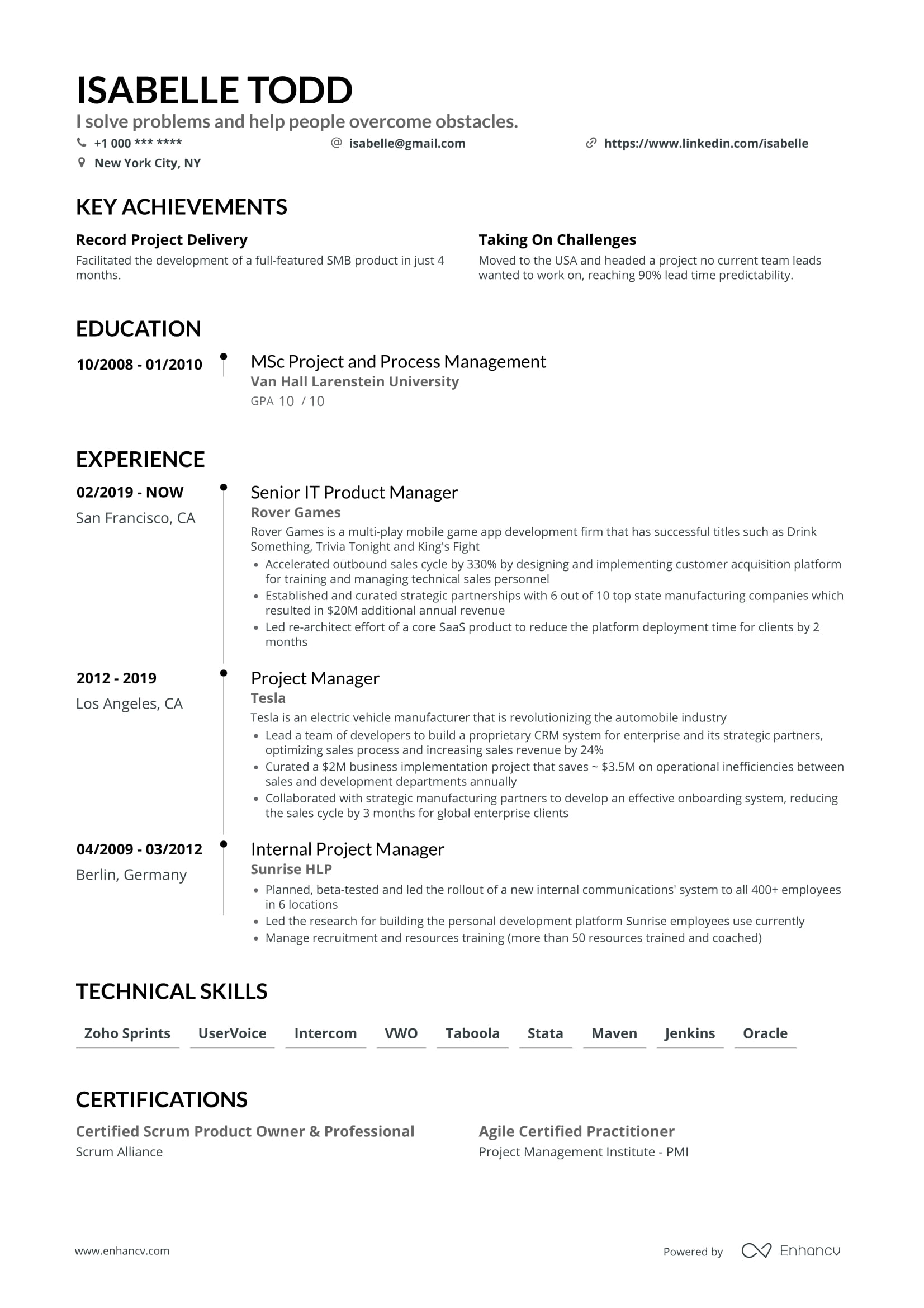Example Medical Assistant Resume - Browse more resume templates and build a stand-out resume
You have BLS and all other certifications, you probably were the Valedictorian and the VP of Medical club too! Still, landing a job is a challenge for you.
Before you start to doubt yourself to take a second degree in medical billing, go back to your Medical assistant resume. A poor resume could explain why you’re having such a difficult time.
With such a high market demand for medical assistants - your resume, not your degree or skills is the issue. You need to increase the number of interview requests you can get. With this medical assistant resume examples, we’ll show you exactly how you can do that!
Here’s what you are going to learn here
✔ What an exceptional medical resume looks like (from 4 examples)
✔ How to pick out the most important parts to decide how to write your resume outline
✔ How to write a resume header (with examples)
✔ What’s right and what’s wrong when it comes to writing resume experience
✔ We’ll pick a real medical assistant job and will walk you through crafting a resume experience for it
Looking for related resumes?
How to write a medical assistant resume
Most medical assistants do one thing wrong - and it might just be the hundreds of resumes we looked at - their resumes are generally too long, cluttered, and extremely broad.
Honestly, if we were to suggest something, it would be to:
- Focus on hands-on direct patient contact experience
- If you don’t see a certification requirement on the job description, they want a person who can do multiple thing vs a typically certified MA.
Below are a few sections would help you project that you are a perfect candidate:
The top sections to include on a medical assistant resume
- Header with certification(s)
- Professional summary
- Experience
- Education
- Soft Skills
- Technical skills (with accompanying certifications)
- Most proud of
How to make an effective medical assistant resume header
A good resume header does two things: First, it helps recruiters map your MA resume for relevance, and secondly, it acts as a hook that pushes a recruiter to read more.
A good resume header should have:
- Your name, location, and contact info: These are the basics, but are still essential. Leaving any of them off may give a hiring manager an easy excuse to toss your resume.
- Certification(s): Most medical assistants need to be certified, so make sure it’s immediately obvious that you are by placing certifications right next to your name.
- Possibly a website: If you have a site like a blog or LinkedIn which represents you as a professional you can include it. This can be a way to show your passion for medicine or seriousness about career networking.
The differences are subtle but important. In the wrong example, Jennifer simply says that she’s a certified medical assistant, however because she didn’t capitalize the words, it’s not clear whether she means she’s a CMA or has some other certification. She needs to be more specific.
Let’s now write a medical assistant resume summary/objective
They key to a medical assistant resume summary is to show yourself as the best MA available when it comes to: direct patient contact experiences, your skills with equipment tech(e.g. radiology) and your experience of handling prescriptions during new patient visits.
We will compare two resume summaries to show you the difference between what will factor into rejection, and what will get you to the next step:
While that first example contains some good keywords that were copied from the job description, the standout example incorporated results within the summary in addition to the keywords to help it stand out by showcasing results related to a medical assistant role.
What’s the best way to include your medical assistant experience on your resume?
The first thing you would do is to extract the following from the job description:
- Does it asks specifically for experience around pediatrics, urology, etc?
- Does it requires certification?
- Does it seems like the job demands someone who can wear multiple hats?
Unless you’re including a professional summary, your medical assistant experience should be the first thing on your resume. Whether you have experience as a medical assistant is the first thing the person reading your resume needs to know.
We have attached two examples below to show you how two differences between a good resume experience section and a bad one.
Notice how, despite the fact that they’re describing the exact same work experience, the second example shows a medical assistant who minds the details and gets results. By focusing on those results instead of just responsibilities, their experience is far more likely to get them hired.
How can I create a medical assistant resume with no experience?
We spoke to 12 different medical assistant candidates building their resume for MA job - here’s what they said about writing a medical assistant resume with no experience:
- I am not MA certified, how should I handle this?
- I have no formal training/experience around the job
- How do I reflect my domain level knowledge (EMR systems) in my resume experience?
We then spoke to hiring managers, recruiters and small practice clinics on what they valued more when it comes to a resume experience. Here’s what we found:
- Almost everyone valued a candidate’s resume experience focused on direct patient contact experience
- Small clinics valued people who can wear multiple hats, vs large facilities valued specificity
- Domain specific experience was valued
- Demonstrated soft skills and patient handling is highly valued
So, when you write a resume experience section, make sure to craft it considering the above points.
What should your medical assistant resume education section look like?
For medical assistants, education should come after your professional summary and previous work history.
Most medical assistants have either an associate’s degree or simply attended a certification program. Most often a hiring manager would look for the name of the school, the degree or certificate received, and the graduation date. Other details aren’t that important.
If you did exceedingly well you could consider adding your GPA on your resume but that doesn’t always mean that much.
If you have multiple additions to your education section, start with either the most relevant degree or the most recent. Ideally, they would be the same thing but not always. No need to get too fancy here and give off the impression you're trying too hard. This section should be clear cut and to the point.
Why and how you should match your medical assistant resume skills to the job
Matching your resume skills to the medical assistant job you’re applying for is crucial to ensure that the skills that are highlighted are the same skills the hiring manager is looking for.
To take your skills a step further, make the objectives meaningful by adding the “why”. For example, rather than saying “gathers and documents proper information from patients,” add “to provide accurate information relevant to the patient’s visit.” This shows not only the skill but why that skill is important.
What about medical assistant resume technical skills?
There are very specific technical skills that must be included in a high-quality medical assistant resume.
- Knowledge of processes: A medical assistant will follow numerous different but well-defined processes from taking blood to scheduling patient appointments.
- Record keeping: Everything a medical assistant gathers from the patient will need to be copied or charted into the patient’s medical record. Incorporate some form of records keeping or managing an electronic health record into your medical assistant resume if possible.
- Meeting the needs of customers: A medical assistant plays a pivotal role in preventing issues or problems from escalating up to the registered nurse (RN) or physician staff. When medical assistant can address patient needs and solve problems that arise, it allows the RN and physician staff to focus on patient care.
What about medical assistant resume soft skills?
Medical assistants interact directly with patients every day, so soft skills are essential to show you can handle that responsibility.
Soft skills should be subtly, yet intentionally, added into your resume. You don’t need a whole sentence or line on a resume dedicated to your positive attitude or that you work well with others. Rather, bring elements of soft skills into your professional summary, objectives, and other areas of your resume.
For example, instead of saying “professional medical assistant who is good at solving problems that arise with patients,” you could add a few extra words to bring out soft skills like “professional medical assistant who solves patient problems that arise with a positive attitude and calm demeanor.”
How to add skills from a medical assistant job description
As mentioned, the most effective way to add skills to your medical assistant resume is to include the exact ones the job description mentions. Here’s how to pick them out and incorporate them into your resume content.
Here’s a real job description for a medical assistant from a listing on Indeed.com:
“Performs a complete range of basic clinical, billing and clerical services in a medical office under the direction of a registered nurse or physician. Responsibilities include: greeting, receiving, and preparing patients; maintaining the examination areas; receiving and screening telephone calls; scheduling appointments; and coordinating patient flow. Performs phlebotomy and electrocardiography functions as needed.”
From this medical assistant job description you can see that you’ll need three categories of skills:
- Clinic skills like phlebotomy and electrocardiography
- A familiarity with medical billing procedures
- Clerical skills for working with patients, manning the phones, and scheduling
You can show you have these skills through certifications like a Certified Phlebotomy Technician (CPT), through mentioning them in previous work experience, or listing them (preferably with examples) in a dedicated skills section.
How to include certifications on a medical assistant resume
While some places will hire medical assistants without a certification, they’re few and far between. To quote one medical assistant, “almost every place in my area requires you to be a CMA.”
That’s why listing your certifications is essential, generally right next to your name in the header. If you have more than 2, you can list them in their own section.
Also be aware that some clinics and hospitals will hire medical assistants who are currently pursuing certification. If you’re in that situation, be sure to mention it.
The top 7 certifications for your medical assistant resume
- Certified Medical Assistant (CMA)
- Registered Medical Assistant (RMA)
- National Certified Medical Assistant (NCMA)
- Certified Clinical Medical Assistant (CCMA)
- Podiatric Medical Assistant, Certified (PMAC)
- Certified Ophthalmic Assistant (COA)
- Certified Medical Administrative Assistant (CMAA)
What can 10,000+ medical assistant job descriptions and resumes teach you?
Because medical assistants have responsibilities in such a wide variety of areas from scheduling to drawing blood, how do you know which skills you should emphasize? Besides using the technique for how to pull skills from a job description outlined above, we have big data to show you what works.
Below, you can see which skills are most commonly found on medical assistant resumes and which ones are most often asked for in job descriptions. The gaps tell you which skills will stand out the most on your resume.
Other sections to consider
Because being a medical assistant involves so much interaction with patients, showing that you have a friendly, positive, and proactive personality can go a long way. Use sections about your passions or interests to show you’ll be a pleasure to work with and will work well with patients.
Here’s an example of a medical assistant who did that through a “Most Proud Of” section:
In summary, what makes a medical assistant resume effective?
Following the tips outlined in this article will help to separate your medical assistant resume from others. Even if you don’t have previous experience as a medical assistant, these tips will help you to build an effective and competitive resume to get you to the next step in the hiring process.
Be sure to:
- Put your certifications front and center
- Explain your medical assistant experience through specific examples and numbers
- Reference the job posting for the keywords and skills you need to include
- Include a bit of personality to show you’re passionate and work well with people
